 must abide by. The outcome is a loss of individuality and the molding of each child into identical cells in the body of society. Though the educational system Waters is speaking out against is not as subliminal as Huxley's vision, the effects are the same, producing social clones who know the definition of an acre yet who cannot produce an original, imaginative thought throughout the majority of their lives. The opening lyrics illustrate this in the fact that "we don't need no education," is both a double negative (We Need Education, in the sense that certain types of education are good…they keep people from using double negatives! :-) ) and it's a specific cry stating "we don't need THIS TYPE OF education." In this sense, "ABITW 2" is not so much a song about complete revolution as it as an anthem about reclaiming stifled individuality; it's a criticism regarding the types of teachers and systems that ridicule an imaginative child for writing poetry, as in Pink's case.
must abide by. The outcome is a loss of individuality and the molding of each child into identical cells in the body of society. Though the educational system Waters is speaking out against is not as subliminal as Huxley's vision, the effects are the same, producing social clones who know the definition of an acre yet who cannot produce an original, imaginative thought throughout the majority of their lives. The opening lyrics illustrate this in the fact that "we don't need no education," is both a double negative (We Need Education, in the sense that certain types of education are good…they keep people from using double negatives! :-) ) and it's a specific cry stating "we don't need THIS TYPE OF education." In this sense, "ABITW 2" is not so much a song about complete revolution as it as an anthem about reclaiming stifled individuality; it's a criticism regarding the types of teachers and systems that ridicule an imaginative child for writing poetry, as in Pink's case. Ironically, despite being a song about individuality, the lyrics are full of apparent conformity. Gone is any first person singular pronoun. If you scan the lyrics, you won't see any mention of "I." Instead, the lyrics boast "WE don't need," a collective boast alluding to the conformity of ideas. Brad Kaye sent me an e-mail concerning the dichotomy of the song that I felt needed to be repeated here. "When the school  children are all chanting 'We don't need no education' together in unison, this act, in a way, is MORE conforming than the education they have grown to hate. If you think about it, Roger Waters was saying that even in a revolt against conformity there will still be the presence of conformists, or uniformed followers. The use of the helpless school children is magnificent and proves my point even more. These kids do what they are told! I mean, I read somewhere that Roger got the idea to use a group of kids one day and then BANG, the next day he asked a school if he could come in and BANG, they all agreed and within a short period of time, the entire chorus of children was recorded. No questions asked. Nobody raised a fuss or anything, even the teachers in the school were excited and caught up in the moment without fully understanding what was going on. My point is this: Roger Waters wanted to show how conformity is ever-present, even when we're little, and even when we are rebelling. His point is definitely powerful." I couldn't agree more. (Side note: it was actually Floyd producer Bob Ezrin who originally came up with the idea to record schoolchildren singing the anthem. Seeing the potential for a radio hit, Ezrin recorded the children and mixed the song before approaching the band with the final product. Needless to say, Waters liked the reworked version and kept it on the album.)
children are all chanting 'We don't need no education' together in unison, this act, in a way, is MORE conforming than the education they have grown to hate. If you think about it, Roger Waters was saying that even in a revolt against conformity there will still be the presence of conformists, or uniformed followers. The use of the helpless school children is magnificent and proves my point even more. These kids do what they are told! I mean, I read somewhere that Roger got the idea to use a group of kids one day and then BANG, the next day he asked a school if he could come in and BANG, they all agreed and within a short period of time, the entire chorus of children was recorded. No questions asked. Nobody raised a fuss or anything, even the teachers in the school were excited and caught up in the moment without fully understanding what was going on. My point is this: Roger Waters wanted to show how conformity is ever-present, even when we're little, and even when we are rebelling. His point is definitely powerful." I couldn't agree more. (Side note: it was actually Floyd producer Bob Ezrin who originally came up with the idea to record schoolchildren singing the anthem. Seeing the potential for a radio hit, Ezrin recorded the children and mixed the song before approaching the band with the final product. Needless to say, Waters liked the reworked version and kept it on the album.)
Musically speaking, "ABITW 2" is much more varied and vibrant than the trilogy's first installment. As I mentioned before, the musical styles of the "Brick in the Wall" trilogy reflect the development of Pink. Whereas the music in Part 1 is much more subdued  and repetitive reflecting Pink's budding self-awareness, Part 2 is much more energetic, musically echoing Pink's lively adolescence, his developing artistic imagination, as well as his conformity to the conventions of building a wall as seen in the repetitive verse and chorus. Every personal injury repeatedly becomes "just another brick in the wall," linking the ideas of conformity with those of cycles. The animated guitar solo breaks the monotony for a few moments but ultimately the song fades back to the sounds of the school yard and, above all else, the shouting teacher who continues to lord over the children's lives yelling "wrong, guess again!" while reinforcing the lesson previously mentioned that "if you don't eat your meat, you can't have any pudding." Interestingly, the repetitive sounds (guitar chord / verse / chorus) and narrative cycle (teacher / mental revolution / conformity / teacher) rolls perfectly into the dull drone of the phone ringing, briefly foreshadowing the events that take place in the transition between "Young Lust" and "One of My Turns." This later transition in turn reinforces the ideas of cyclical conformity and repetition while hinting at the failures of many fundamental social institutions such as school and marriage.
and repetitive reflecting Pink's budding self-awareness, Part 2 is much more energetic, musically echoing Pink's lively adolescence, his developing artistic imagination, as well as his conformity to the conventions of building a wall as seen in the repetitive verse and chorus. Every personal injury repeatedly becomes "just another brick in the wall," linking the ideas of conformity with those of cycles. The animated guitar solo breaks the monotony for a few moments but ultimately the song fades back to the sounds of the school yard and, above all else, the shouting teacher who continues to lord over the children's lives yelling "wrong, guess again!" while reinforcing the lesson previously mentioned that "if you don't eat your meat, you can't have any pudding." Interestingly, the repetitive sounds (guitar chord / verse / chorus) and narrative cycle (teacher / mental revolution / conformity / teacher) rolls perfectly into the dull drone of the phone ringing, briefly foreshadowing the events that take place in the transition between "Young Lust" and "One of My Turns." This later transition in turn reinforces the ideas of cyclical conformity and repetition while hinting at the failures of many fundamental social institutions such as school and marriage.
Like the popularity of the song "Another Brick in the Wall, Part 2," the movie representation of the song is one of the most distinctive and well-known pieces in the Pink Floyd video collection. The darkness and cynicism of the set design is due in large part to Gerald Scarfe who based the factory-like school in the video on some of his previous artwork inspired by his own education. The children march in unison to the same beat, rolling through a machine only to emerge as putty-faced clones void of individual distinction who ultimately falling blindly into an oversized meat grinder, metaphorically pulverized and minced into the same ground beef-like form as the preceding victim. It's interesting to note that many of the machines pictured are made up with parts that resemble hammers. Hammers are a major dichotomous symbol in "the Wall" possessing both creative and destructive powers, simultaneously beneficial and oppressive. The same hammer that constructs a house has the power to tear it down. Similarly, the hammers in the machines metaphorically create ideal members of society while destroying each child's individuality. Both natures of the symbolic hammer are explored in greater detail later in the movie and album as Pink slips further into his dementia.
Pink Floyd video collection. The darkness and cynicism of the set design is due in large part to Gerald Scarfe who based the factory-like school in the video on some of his previous artwork inspired by his own education. The children march in unison to the same beat, rolling through a machine only to emerge as putty-faced clones void of individual distinction who ultimately falling blindly into an oversized meat grinder, metaphorically pulverized and minced into the same ground beef-like form as the preceding victim. It's interesting to note that many of the machines pictured are made up with parts that resemble hammers. Hammers are a major dichotomous symbol in "the Wall" possessing both creative and destructive powers, simultaneously beneficial and oppressive. The same hammer that constructs a house has the power to tear it down. Similarly, the hammers in the machines metaphorically create ideal members of society while destroying each child's individuality. Both natures of the symbolic hammer are explored in greater detail later in the movie and album as Pink slips further into his dementia.
 The ideas of conformity in revolution inherent in the song are further solidified in the accompanying film footage. Although the children in the second verse sing lyrics of personal rebellion, their unified singing coupled with their symmetrical seating in the film are as eerie and standardized as when they marched down the hall in oppressive unison. Despite their rebellious intentions, they have become just as homogeneous as when they were school clones. Furthermore, like the dual nature of the hammers, what begins as a productive revolution (the regaining of individuality) turns into destructive violence as the children destroy their school and create a bonfire with the instruments of their past educational repression that serves as a funeral pyre for their teacher whom they drag out of the school kicking and screaming. This scene of absolute anarchy spawned by the overthrow / absence of an authoritarian figure is evocative of William Golding's novel Lord of the Flies in which a group of school children revert to being savages when their plane crash lands on a deserted island. Similar to almost every theme in "the Wall," Waters alludes to both the creative and destructive forces of any one idea. While overly-domineering figures are destructive to personal
The ideas of conformity in revolution inherent in the song are further solidified in the accompanying film footage. Although the children in the second verse sing lyrics of personal rebellion, their unified singing coupled with their symmetrical seating in the film are as eerie and standardized as when they marched down the hall in oppressive unison. Despite their rebellious intentions, they have become just as homogeneous as when they were school clones. Furthermore, like the dual nature of the hammers, what begins as a productive revolution (the regaining of individuality) turns into destructive violence as the children destroy their school and create a bonfire with the instruments of their past educational repression that serves as a funeral pyre for their teacher whom they drag out of the school kicking and screaming. This scene of absolute anarchy spawned by the overthrow / absence of an authoritarian figure is evocative of William Golding's novel Lord of the Flies in which a group of school children revert to being savages when their plane crash lands on a deserted island. Similar to almost every theme in "the Wall," Waters alludes to both the creative and destructive forces of any one idea. While overly-domineering figures are destructive to personal  development, the absence of any authority figure is just as caustic. The dictatorial teacher represses each individual child but the lack of any education whatsoever is just as harmful. In this sense, living life is like walking a thin wire between two polar but equally destructive forces; to live, one must either skate over the thin ice carrying the personal burdens of the past or break through the ice and drown in self-destruction.
development, the absence of any authority figure is just as caustic. The dictatorial teacher represses each individual child but the lack of any education whatsoever is just as harmful. In this sense, living life is like walking a thin wire between two polar but equally destructive forces; to live, one must either skate over the thin ice carrying the personal burdens of the past or break through the ice and drown in self-destruction.
One last interesting matter concerns the aforementioned blurring of reality with imagination. While the scenes of the children marching through the factory-like school are undoubtedly fantastical, the rebellion that takes place during the guitar is much more realistic, thus causing a bit of confusion as to whether these events are truly taking place. For a while, the viewer is completely submerged within Pink's mind wondering about the authenticity of what they are seeing. There are no fantastical elements to the set and the violence portrayed is certainly feasible albeit horrific. In the end, the viewer is instantaneously thrust out of these dark imaginings as the camera cuts to Pink rubbing his ruler-struck hand. It is at this point that we are fairly certain that  what has just taken place was completely in Pink's mind, once again reminding us as the viewer to keep on our toes lest we fall for Pink's illusions. As the album and movie progress and Pink becomes further shut off behind his wall, his imaginative visions become much grander and much more dangerous, increasingly distorting the line between reality and fantasy.
what has just taken place was completely in Pink's mind, once again reminding us as the viewer to keep on our toes lest we fall for Pink's illusions. As the album and movie progress and Pink becomes further shut off behind his wall, his imaginative visions become much grander and much more dangerous, increasingly distorting the line between reality and fantasy.
http://www.thewallanalysis.com/secondbrick.html


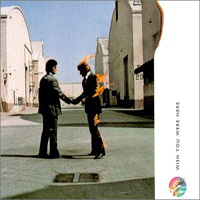
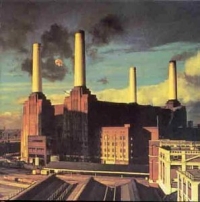
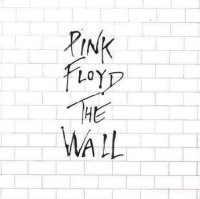
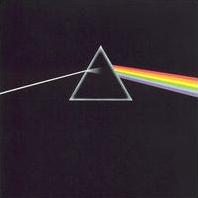
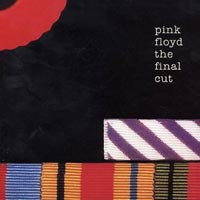
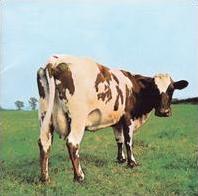
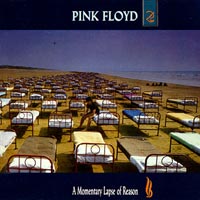
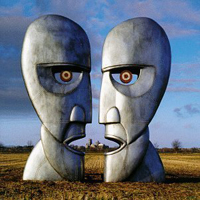
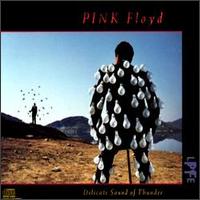
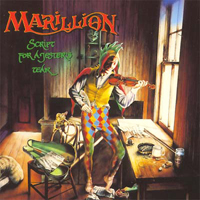
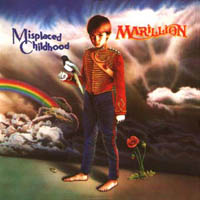
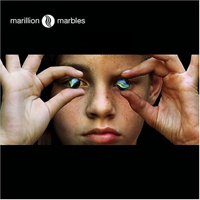
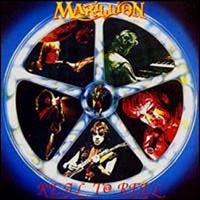
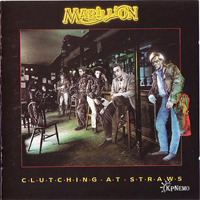
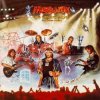
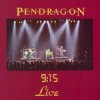
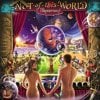
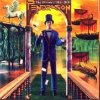
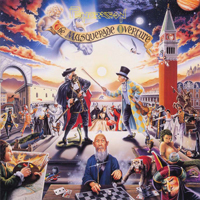
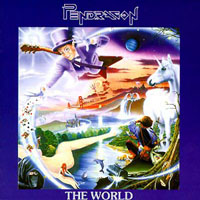
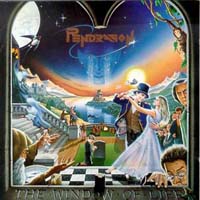
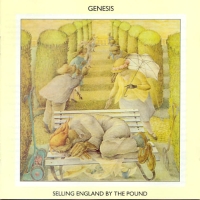
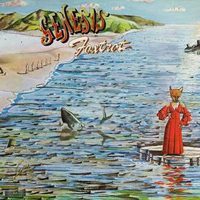
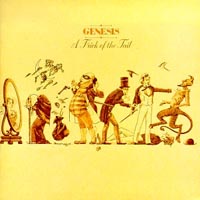
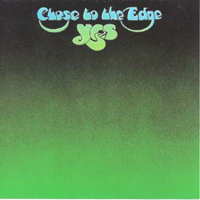
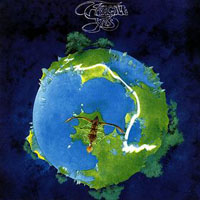
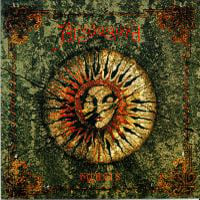
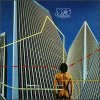
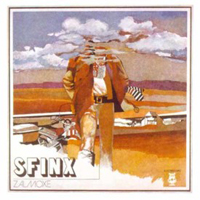
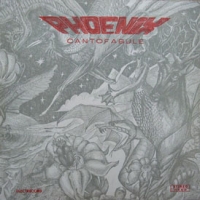
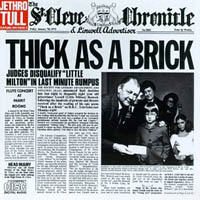
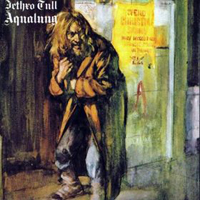

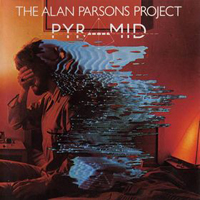
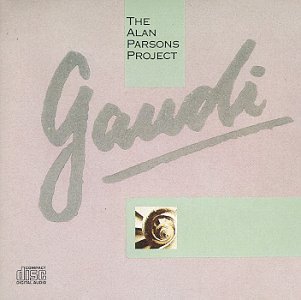
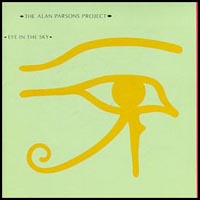
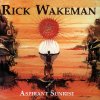
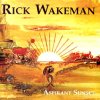
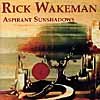
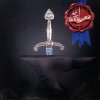
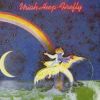
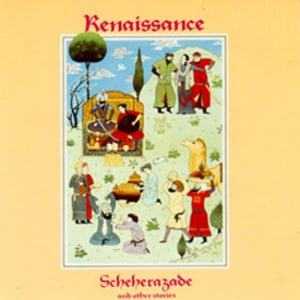
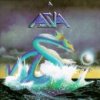
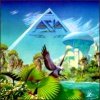
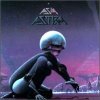
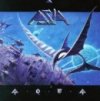
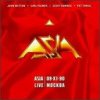
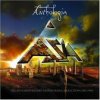











Niciun comentariu:
Trimiteți un comentariu